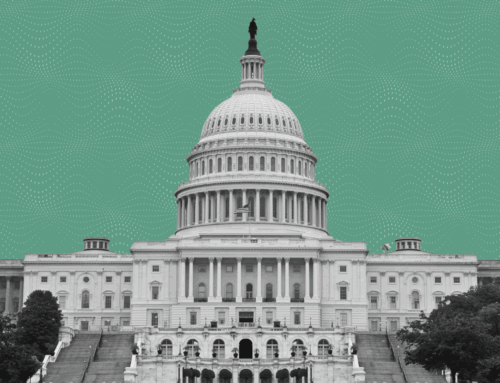Washington, D.C. — Decades of policy failures have made it too difficult to build, move, switch jobs, start businesses, or simply compete in the U.S. economy, but policymakers now have a crucial opportunity to restore American dynamism and improve the lives of workers throughout the country, according to a new Economic Innovation Group (EIG) report released today.
In “The Case for Economic Dynamism and Why it Matters for American Workers,” EIG President and CEO John Lettieri and EIG Research Director Kenan Fikri detail the dramatic decline of U.S. economic dynamism in recent decades and examine how the underlying trends have harmed American workers. They review the evidence for how workers benefit from a high-churn economy, including through stronger job creation, better wages, and more abundant opportunities for traditionally marginalized workers. The authors urge policymakers to implement a worker-centric dynamism agenda to counter the forces of decline and stagnation.
“From NIMBYs to non-competes, vested interests have steadily weighed the economy down with artificial barriers to mobility, competition, and adaptation. These barriers have made our economy less abundant in opportunity and less able to improve the lives of ordinary Americans,” Lettieri and Fikri write. “As the country emerges from the COVID-19 pandemic, policymakers confront a high-stakes opportunity to restore U.S. economic dynamism and forge a more optimistic, aspirational future for American workers.”
Economic dynamism refers to the rate and pervasiveness of change across industries, geographies, and the labor market. Key indicators of dynamism include the rates of business formation and closure, the frequency at which workers quit and switch jobs, and the propensity of workers and families to move to new locations.
After a decades-long lull, the pandemic has jolted some of those measures–at least temporarily–back to life, as Americans are switching jobs and starting businesses at record rates. However, those hopeful signs are likely to fade quickly without significant policy changes. To that end, Lettieri and Fikri argue for a worker-centric dynamism agenda rooted in three fundamental policy goals that would deliver widespread benefits for workers at virtually no cost to taxpayers:
- Dismantle barriers to competition and mobility in the labor market so that workers can access the jobs they want in the places they choose earning the wages they deserve. Limiting barriers such as non-compete agreements or excessive occupational licensing requirements will enable workers to take risks, build businesses, switch jobs, or move to opportunity.
- Embrace America’s national advantage as a magnet for skilled immigration to fuel innovation and productivity growth which in turn boosts demand for American workers, and supports the revival of struggling regions.
- End the tyranny of NIMBYism to make it easier, faster, and more cost-efficient to build housing and infrastructure and enable a more adaptive, resilient economy. NIMBYism drives up housing costs, harms the environment, and reduces wages and living standards.
Explore the interactive resources and full report at eig.org/dynamism.
About the Economic Innovation Group (EIG)
The Economic Innovation Group (EIG) is a bipartisan public policy organization dedicated to forging a more dynamic and inclusive American economy. Headquartered in Washington, DC, EIG produces nationally-recognized research and works with policymakers to develop ideas that empower workers, entrepreneurs, and communities. For more information, visit eig.org.






